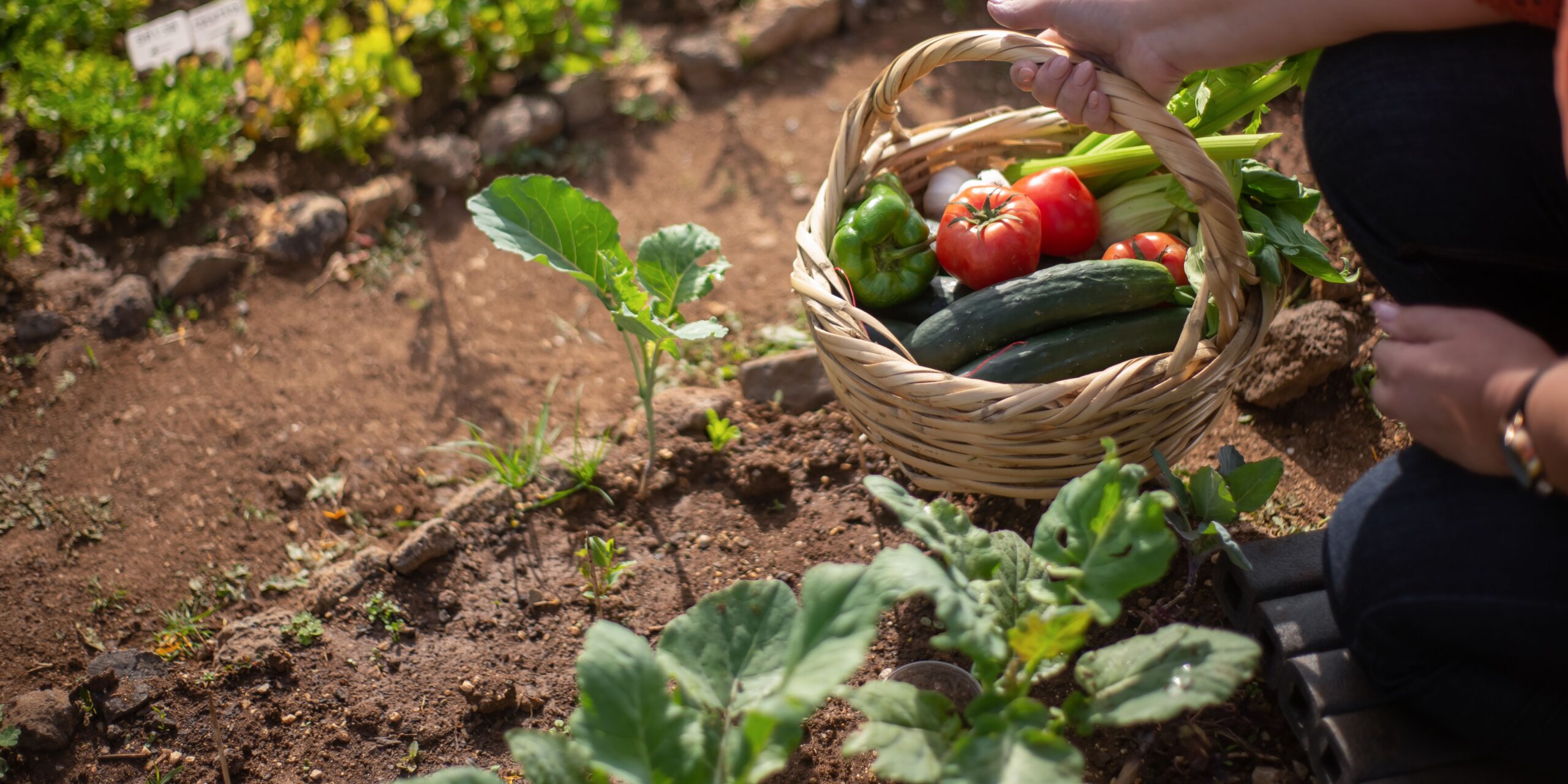by Jarrott Mayfield
The long awaited 2015-2020 addition of the US Government’s dietary guidelines have been officially released. The guidelines, which are updated every 5 years, always elicit mixed emotions from healthcare professionals, who want stricter guidelines, and the food industry which cries for looser guidelines. While this year is not without its expected controversy, many physicians and dietitians seem to be happy about the governments new sugar guidelines, which are considered the strictest recommendations on sugar yet.
As of January 2016 the USDA recommends less than 10% of your daily caloric intake come from added sugar(1). Considering the host of health complications associated with eating too much sugar, these adjusted guidelines are a welcome change to the typical American diet with potentially profound effect on the rates of diabetes and obesity. To save time you time from picking through the government guidelines, here are 8 ways to reduce your sugar intake.
1) Drink water – According to the new guidelines, 47% of the added sugar we consume comes from sodas, juices, sweetened coffee and tea, energy drinks, sports drinks, flavored water and alcohol(1). 47% of the American consumption of added sugars can be eliminated just by drinking water! Considering the majority of non-water beverages have little to no nutritional value, drinking water is the easiest way to reduce sugar intake.
2) Go easy on the baked goods – The second major obvious source of added sugar is sweets and snacks such as baked goods (brownies, cookies, doughnuts, pies), candy, syrups, ice creams and other frozen desserts. No surprise there. Reducing your intake of baked goods and desserts can help both your cholesterol and your waist line. Along with sugary beverages, these two categories make up 75% of added sugar in the American Diet (1)!
 Source: (1)(2)
Source: (1)(2)
3) Reduce amounts of hidden sugar – If 75% of our added sugar come from obvious sources, where does the rest of it come from? The food industry subtly uses added sugars to make foods more palatable and last longer. They hide in your pasta sauces (7 grams of added sugars), ketchup (6 grams of sugar), and salad dressings (5-7 grams sugar). They are hidden in your breakfast foods as cereals, oatmeal (12 grams) and your frozen meals. Even foods that are considered healthy have been sweetened. The sour taste of plain yogurt is often masked with sugar (18 grams of sugar in Yoplait), wholesome granola often contains more sugar than many kids cereals, and even certain brands coconut water have added sugars, especially flavored coconut water.
4) Add spice – Adding spices such as cinnamon, vanilla, ginger, and nutmeg can offset the need for sugar when baking while still adding flavor to your dishes.
5) Determine your resting metabolic rate – Is it realistic to cut out every source of added sugar? Probably not. So if you want to know how much of the sweet stuff you can have, do the math. You can use an online resting metabolic rate calculator to get a rough approximation of your required daily caloric intake (how many calories your body requires per day).
RMR calculator: http://shapeup.org/resting-metabolic-rate-calculator/
If your body requires 2000 calories per day, the new guidelines allow you to have 200 calories of added sugar, the equivalent of 50 grams. If your body requires 1500 calories per day, the new guidelines allow you to have 150 calories of added sugar, the equivalent of 37.5 grams.
6) Read food labels – Figure out how much sugar is in your favorite treats. One rule to remember is 1 teaspoon of sugar equals about 4 grams and for each gram of sugar there is 4 calories of energy. Therefore, one teaspoon of sugar has about 16 calories of energy. A can of coca-cola has about 39 grams of sugar. Again, for each gram of sugar there is 4 calories of energy. In one can of coca-cola you are drinking 156 calories of sugar (about 10 teaspoons of sugar). If your daily energy need is 1500 calories you have already exceeded your 10% allotment of added sugars. If 1 can of soda exceeds your daily allowance of added sugars, then perhaps it is a good idea to eliminate sugary beverages all together.
7) Snack on fruit – Yes, fruit has sugar, so don’t eat 10 oranges a day, but snacking on fruit can help curb those sugar cravings. The fiber in fruit slows the digestion of sugar (fructose and sucrose), resulting in a blunted blood sugar response. Large sugar spikes can increase the risk for impaired glucose tolerance and diabetes. We can’t forget about all of the great vitamins, minerals, and phytonutrients we get from raw whole foods. For example, 1 orange can contain enough vitamin C to fulfill the recommended daily allowance for men and woman. (3,4)
8) Eat whole foods – It’s a safe bet that sugar has not been added to your raw fruits and vegetables. The simpler your food is, the more control you have over what goes into your body. To quote Michael Pollan in The Omnivores Dilemma “Eat real food, not too much, mostly plants.”
With the new dietary guidelines many health professionals hope to see favorable changes among diabetes and obesity rates. Whether food and beverage companies respond by decreasing their serving sizes or altering their beloved recipes remains to be seen.
References: (1) http://health.gov/dietaryguidelines/2015/guidelines
(2) What We Eat in America (WWEIA) Food Category analyses for the 2015 Dietary Guidelines Advisory Committee. Estimates based on day 1 dietary recalls from WWEIA, NHANES 2009-2010.
(3) http://www.nutritionmd.org/nutrition_tips/nutrition_tips_understand_foods/carbs_versus.html
(4) http://www.livestrong.com/article/267094-natural-sugars-in-oranges/
About the Author:
Jarrott received a Masters degree in exercise physiology from San Diego State University in 2012 where he became a certified ACSM Health Fitness Specialist. Prior to BaySport, Jarrott spent time working as an exercise physiologist with UC San Francisco Human Performance Center and the Department of Warfighter Performance with the Naval Health Research Center. Weekends and night are spent getting outdoors to hike and play basketball.


